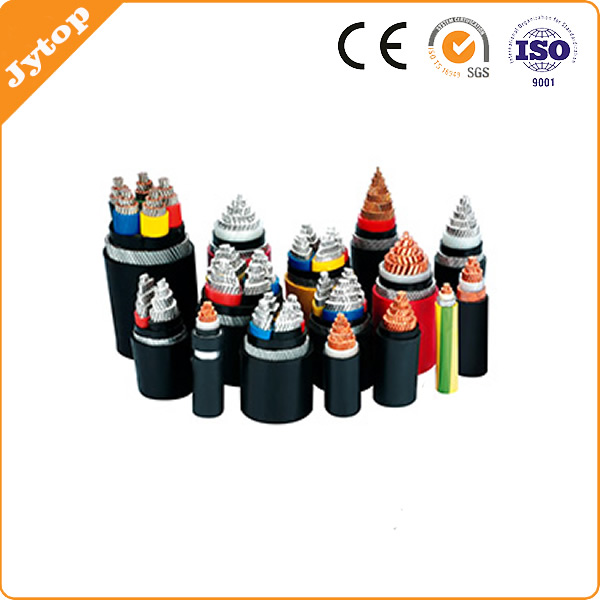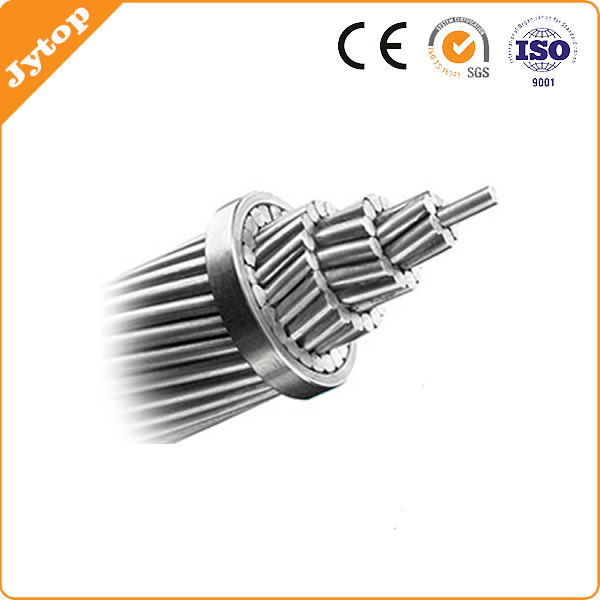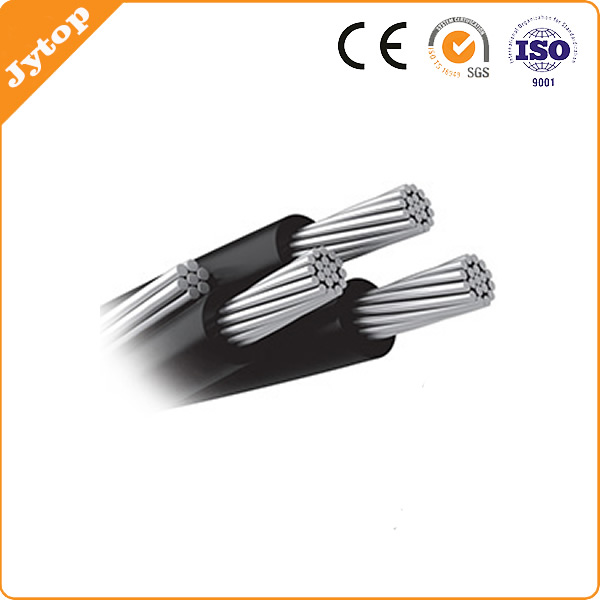What is the difference between xlpe and pvc insulated cable?

Power Cable
Power cables are mainly used for power transmission and distribution purpose. It is an assembly of one or more individually insulated electrical conductors, usually held together with an overall sheath. The assembly is used for transmission and distribution of electrical power. Electrical power cables may be installed as permanent wiring within buildings, buried in the ground and run overhead or exposed.……Including: rubber cable, welding cable, URD cable, XLPE insulated power calbe etc.

Bare Overhead Conductor
Bare Overhead Conductors are used in overhead transmission and distribution network applications.They are also used for un-insulated hook ups, jumpers, grounding conductors and other applications. Our Conductors conform to ASTM, IEC, BS, BS EN and DIN standards.…… Including: AAC conductor, AAAC conductor, ACSR conductor, ACAR conductor, AACSR conductor, etc.

Aerial Bundled Cable
Aerial bundled cables (also aerial bundled conductors or simply ABC) are overhead power lines using several insulated phase conductors bundled tightly together, usually with a bare neutral conductor. Our abc calbe conform to ASTM, IEC, SANS standards.……Including: abc cables, cvered line wire, service drop wire etc.

| Item |
polyvinyl chloride insulated cable (PVC insulated cables) |
Cross-linked polyethylene insulated cable (XLPE insulated cable) |
| Long-term Working Temperature | 70℃ | 90℃ |
| Highest working temperature of short circuit | 160℃ | 250℃ |
| Carrying capacity(A) | a | 1.25a |
| Dielectric constant(20℃,60Hz) | 8 | 2.3 |
| Tensile strength(Mpa) | 20 | 23 |
| Elongation(%) | 100-400 | 450-600 |
| Volume resistivity(Ω·m) | 1010-1013 | 1016~1018 |
| Dielectric loss tangent(20℃,60Hz) | 0.04-0.12 | 0.0002-0.0003 |
| The breakdown field strength(MV/m) | 20-35 | 35-50 |
| Brittleness temperature℃ | -40 | -60 |
| Softening temperature℃ | 120 | 120 |
| Thermal conductivity(W/m·K) | 0.15 | 0.48 |
| Water quantity(%) | 0.8 | <0.01 |
| Oxygen index | 30 | 18 |
| Resistance to acid and alkali, and climate | good ~ best | best |
| Whether containing halogen | containing | do not contain |
| Toxicity index | 15.01 | 1.77 |
| Cable diameter | D | 0.92D |
| Service life (year) | 20 | 30 |
-> Toxicity index comparison table:
| Gas | Gas concentrationCQ(ppm) | Dangerous concentrationsCQ (ppm) | |
| Polyvinyl chloride (PVC) | Crosslinked polyethylene (XLPE) | ||
| CO | 5525 | 1971 | 4000 |
| CO2 | 46300 | 125400 | 100000 |
| HCL | 6173 | 0 | 500 |
| NO2 | 1.5 | 3.6 | 250 |
| SO2 | 3.25 | 1.8 | 400 |
| Toxicity index | 15.01 | 1.77 | |
Summary: cross linked polyethylene insulation cable in the electrical performance, heat resistance, physical and mechanical properties, resistance to climate and toxicity are better than PVC insulated cable.



Leave a Reply